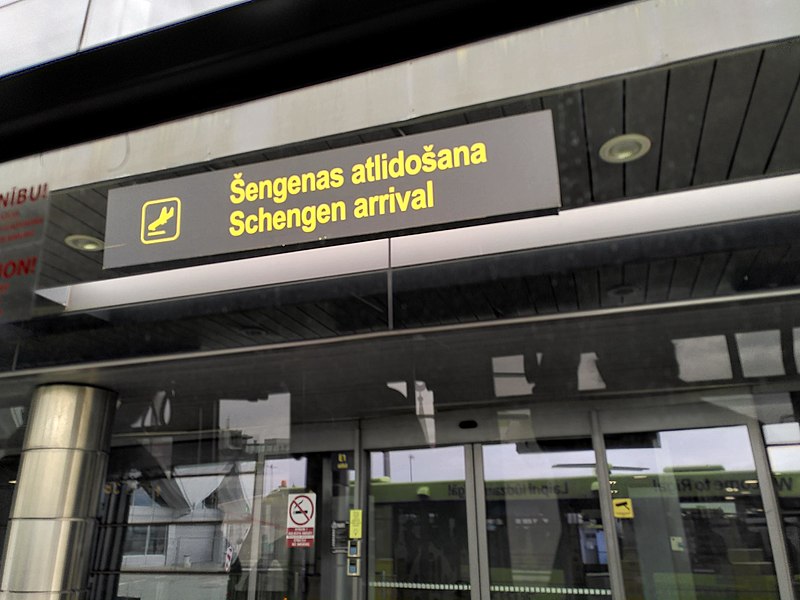
The European Commission has officially set 12 October 2025 as the launch date for the phased introduction of the EU’s Entry/Exit System (EES).
The EES is a cutting-edge digital platform designed to record the entry and exit of non-EU nationals visiting 29 European countries, including Schengen-associated states, for short stays. By collecting biometric data—such as fingerprints and facial images—along with travel details, the system will gradually replace the traditional practice of passport stamping.
Modernising border management
The EES will significantly enhance the management of the EU’s external borders by:
Providing accurate data on border crossings.
Detecting overstayers systematically.
Identifying cases of document or identity fraud.
This advanced system will help curb irregular migration and strengthen the security of EU citizens. At the same time, its increased use of automated border checks will streamline travel, making it faster and safer for passengers. All data will be handled in line with the EU’s strict data protection and privacy standards.
Gradual rollout
From 12 October, Member States will begin introducing the EES progressively over a six-month period. Border authorities will start registering third-country nationals’ data step by step, ensuring a smooth transition. Once this period concludes, the EES will be fully operational across all border crossing points.
The phased rollout is intended to allow border authorities, the transport sector, and travellers enough time to adapt to the new procedures while already benefiting from the system’s capabilities.
Next steps
In the months leading up to the launch, the Commission and eu-LISA—the European Union Agency responsible for large-scale IT systems in the field of freedom, security, and justice—will continue working closely with Member States to ensure a seamless deployment.
Travellers can expect to see information campaigns and awareness initiatives at border points, including airports, as the implementation date approaches.
Background
The EES is part of the EU’s broader Smart Borders package, which aims to enhance external border management using advanced technology. Alongside the EES, the package also includes:
The European Travel Information and Authorisation System (ETIAS).
A more harmonised use of Automated Border Control (ABC) systems across Member States.
Together, these initiatives will create a more secure, efficient, and traveller-friendly experience for those entering and leaving the EU. Photo by Kaihsu Tai, Wikimedia commons.



































